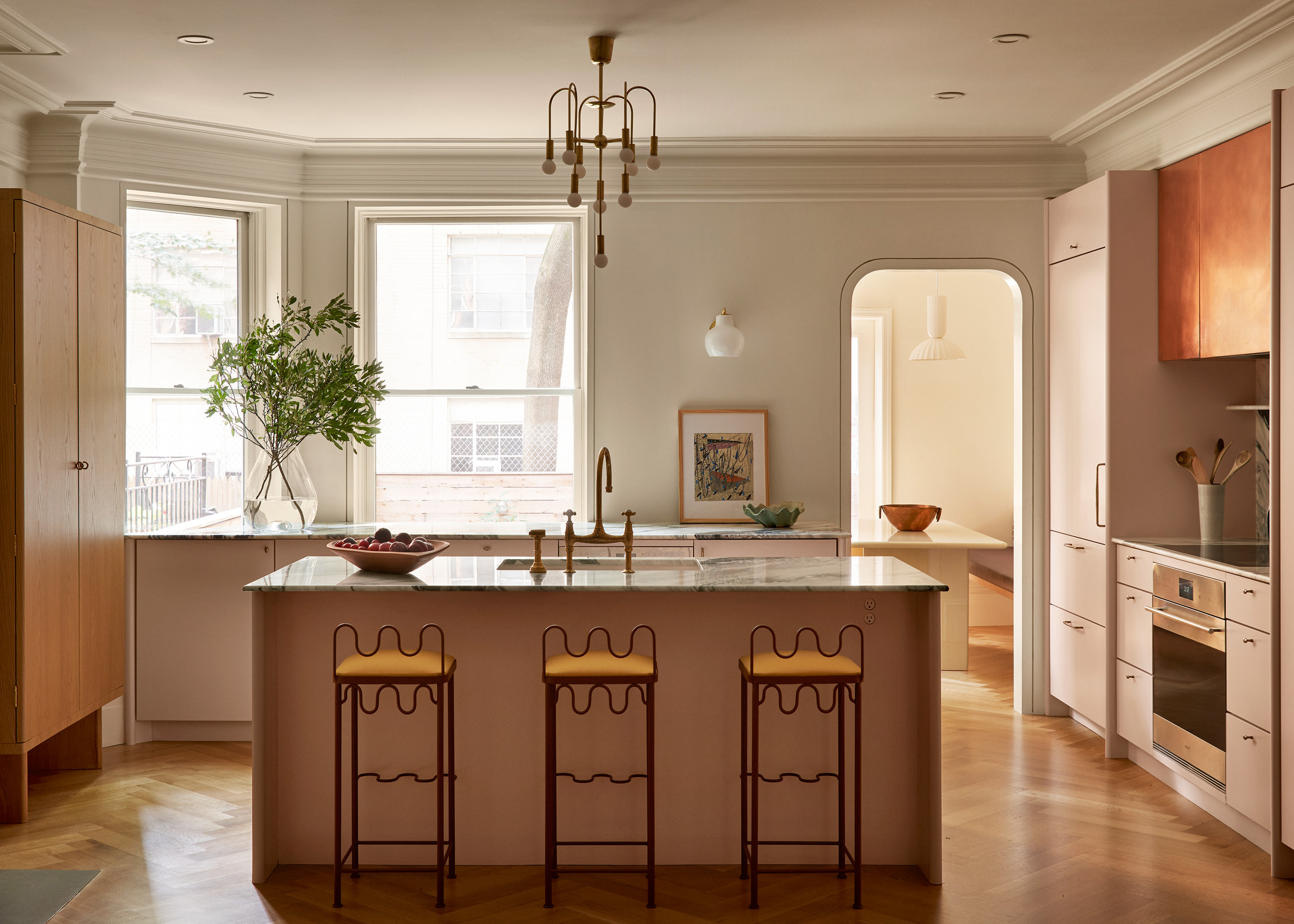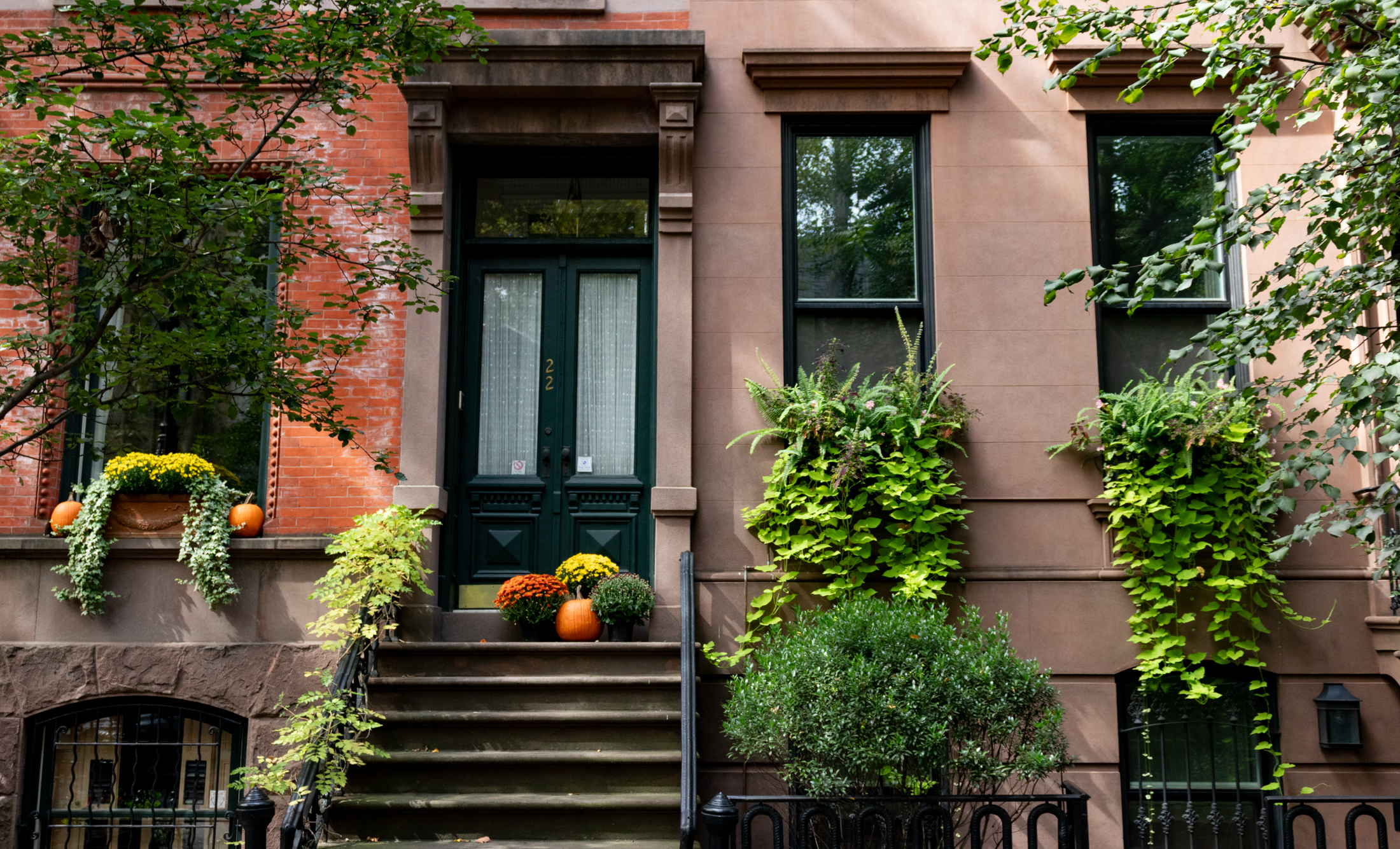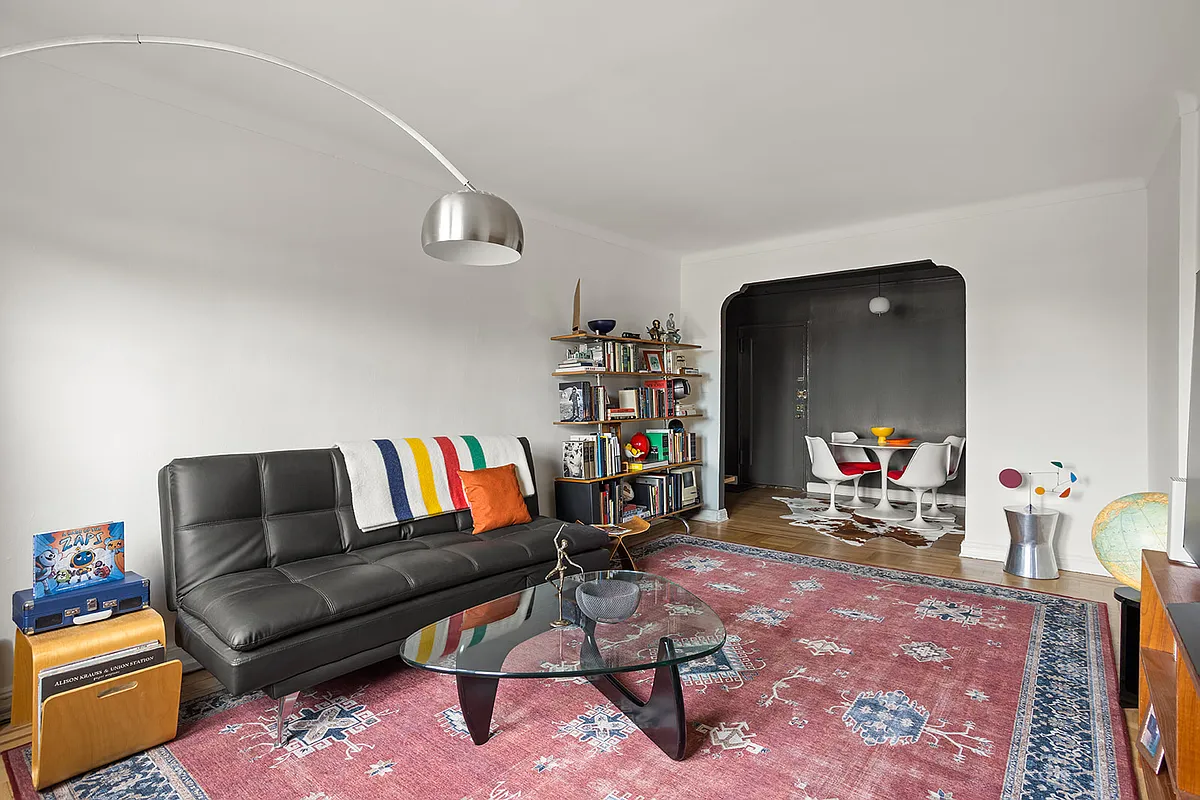Walkabout: Victorian Beach Party, Part 2
The last twenty years of the 19th century were the heyday of the Coney Island beach hotels.

A 1903 postcard showing the Oriental Hotel in Manhattan Beach
Read Part 1 of this story.
The last twenty years of the 19th century were the heyday of the Coney Island beach hotels. This peninsula island had gone from sand dunes and scrub grass to the manicured lawns of the enormous beachfront hotels that lined its shores, all in only a forty year period.
The rich Manhattan developers who built these hotels were familiar with the whispered phrase floating on the wind, If you built it, they will come. And come they did.
The three major upscale resort hotels: the Brighton Beach Hotel, the Manhattan Beach Hotel, and the Oriental Hotel, were joined by scores of smaller hotels, most catering to the more middle class, some with beachfront property, some not.

And of course, where you have thousands of people wandering around looking for fun, food and entertainment, Coney Island and the surrounding areas also had more than their share of thieves, pickpockets, prostitutes and cads. Some on the beach, some in higher office.
All three of the high end resort hotels were built with the aid of corrupt politicians, payoffs and sweetheart deals. Some town hall slight of hand with the Gravesend Justice of the Peace and developer William Engelman got the Brighton Beach Hotel built for a fraction of the cost.
The Oriental went one bigger, when developer August Corbin, tipped off by the Gravesend town commissioner, packed a town hall meeting with two hundred club wielding thugs who, by sheer force and intimidation, pushed though the sale of the beach property for Corbin, allowing him to pay only $1,500 for property worth at least $100,0000.

The town gentry was outraged, but every time they tried to reverse the sale, the thugs showed up to disrupt the meeting, and since the town commissioner was being paid by Corbin, and he ran the meetings, the sale stood.
While grand larceny was going on in the halls of government, petty larceny and vice were enjoying the beach life, as well. The well-to-do swells promenading the long porches of the hotels needed some entertainment, and the hotels provided it.
Ocean Parkway, stretching from Prospect Park to the ocean, was not only a direct route through Brooklyn, the Olmstead and Vaux roadway was a straight, wide thoroughfare, perfect for impromptu horse races. Sunday was race day, with thousands lining the roadway to watch and to place and take bets.

In 1879, William Engleman, the owner of the Brighton Beach Hotel, built the first racetrack at Brighton Beach. He threw it together in six weeks, and it was on sandy ground which could flood during heavy rains. It was the start.
In 1880, the Coney Island Jockey Club, let by August Belmont and others opened their own track and grandstand in the forest near Sheepshead Bay.
The Club soon became the hangout for the rich men who used it as their playground; among them Diamond Jim Brady, WK Vanderbilt, and Leonard Jerome, the grandfather of Winston Churchill.

These millionaires bought up the entire shore of the north side of Sheepshead Bay, with docks for their yachts, lodges and stables.
They also started the three great restaurants of the era: Tappan’s, Villepigue’s and Lundy’s. In 1886, the third racetrack was built in Gravesend, built by the Brooklyn Jockey Club, including some of the men once in the Coney Island Jockey Club.
Coney Island was now the race track capital of the country, with racing from May to October. The Preakness, run in Gravesend, became one of the racing’s most important races.

With the mixture of horse racing, betting, jockeys and stable hands, along with all of the other people having too much to drink and too much fun, it was inevitable that a seedy redlight district would exist.
Coney Islands, during this turn of the century era, had one called the Gut, in West Brighton, and another called “the Bowery” in Gravesend.
There, one could watch chorus girls, engage with prostitutes, drink, gamble, fight, and in turn get rolled and robbed, or worse. Meanwhile, at the three top hotels, life was genteel and elegant.

Formal evening ware was required for the elaborate dinners served in the immense dining rooms. Music was played by notable bands such as John Philip Sousa’s band, and fireworks were a nightly treat, with rocket shows depicting famous battles.
During the day, bathing at the beach was more popular than ever, with thousands of people dipping their feet into the sea, or braving the waves in woolen bathing dresses.
As the popularity of summering at Coney Island increased with the wealthy, more and more city clubs made the hotels their summer headquarters. The University Club, Union League Club, New York Club and the Coney Island Jockey Club commandeered the Manhattan Beach Hotel.

The Oriental Hotel was home to rich patrons who spent the entire summer at the hotel. Since horse racing brought all classes of people to Coney Island, numerous hotels, some quite large, sprang up throughout the area.
This included the famous folly, the Elephant Hotel, shaped like an elephant, with only a few rooms, and a large observation deck. This novelty was built in 1885 by James V. Lafferty.
It was soon followed by the building of theatres, the Surf Theatre, followed by Henderson’s Music Hall. In 1884, the first roller coaster, called the Switchback Railroad, was built.

It moved along a 600 foot track with some inclines. When the train stopped on its own at the bottom of the hill, the people got out and let the track operators push it back up the tracks, where they got back in, and rolled to the beginning again. It was a great hit, and the beginning of the Age of the Amusement Parks.
The great hotels, as well as most of their lesser cousins would disappear. In 1888, the beach had so eroded in front of the Brighton Beach Hotel, that they had no other choice but to move the hotel.

The enormous building was hoisted onto 120 rail cars, and moved inland by six hundred feet. Six locomotives in two teams of three each moved the three story, six thousand ton building so gently that not a pane of glass or mirror was broken.
By the beginning of the 20th century, Coney Island was well on its way to becoming the world famous amusement park and beach for New York City’s Everyman. For the rich, there was no more exclusivity and privacy. The middle class and lower, had arrived in droves.
The racetracks, which in many ways had kept the party going for the wealthy, were closed or closing, due to changes in the gambling laws of the city and state. Too many people had been arrested, although most of the charges didn’t stick. It just wasn’t worth it.
In 1907 the Brighton Beach track closed, followed by the Gravesend and Sheepshead by tracks in 1910. The rich found new places to summer, and without the racetracks, the hotels died.
Fire did an enormous amount of cleansing throughout Coney Island’s history. Both the Gut and the Bowery burn down. Fire claims many other hotels, restaurants and establishments.
So does the unending roll of commerce and progress. The Manhattan Beach Hotel was razed in 1907, the first of the big three to go. In 1924, the Brighton Beach Hotel falls to the wrecking ball. All that effort to save the hotel only to tear it down later. The Queen of the Hotels, the Oriental, was torn down in 1916.
Some of the wood from the building is recycled into the boardwalk, and some goes to build the bungalow cottages on Rockaway Point. The Manhattan Beach Bath House and Resort was built on the site, opening in 1921, with the musical machinations of Rudy Vallee.
The age of the genteel Victorian resort was over, the Jazz Age had begun. For lots of photos, drawings and postcards from this era, see my Flickr page.
The source material for the bulk of these articles is from Jeffrey Stanton’s excellent history of CI, found at westland.net. Other sources: Forgotten NY, buddychai.com, and Wikipedia.





FLH, here’s the information about the walking tour. It’s this sunday at 11 am. More info on the link.
http://bedfordcornershistoricdistrict.org/walkingtours.html
you make those times seem so much more fun than today.
Montrose, someone on another thread mentioned that your’e giving a walking tour this weekend. What are the details?
Montrose;
One small correction. Some of the racetracks tried to resurrect themselves as a venue for auto racing, and they were reopened for this purpose. It didn’t work out, however. The Gravesend Race track was torn down some time in the early 1920’s after the failed attempt at auto racing. When it was torn down, a large 1920-ish-style development of single-family homes was put up. Unlike in Victorian times, this development was not given a name. It was very successful, however, to this day. These are the homes that regularly show up in the “Last Week’s Biggest Sales” thread, as the Syrian Jewish community has made this development its own in the last 20 years.
And today, Coney Island is embarking on yet a new chapter in its history. But whatever attractions developers dream up to line the streets, the real glory of Coney Island is its beautiful sandy beach with its miles-long boardwalk. As long as the beach endures, the surf and breeze and sun will draw people like magnets.